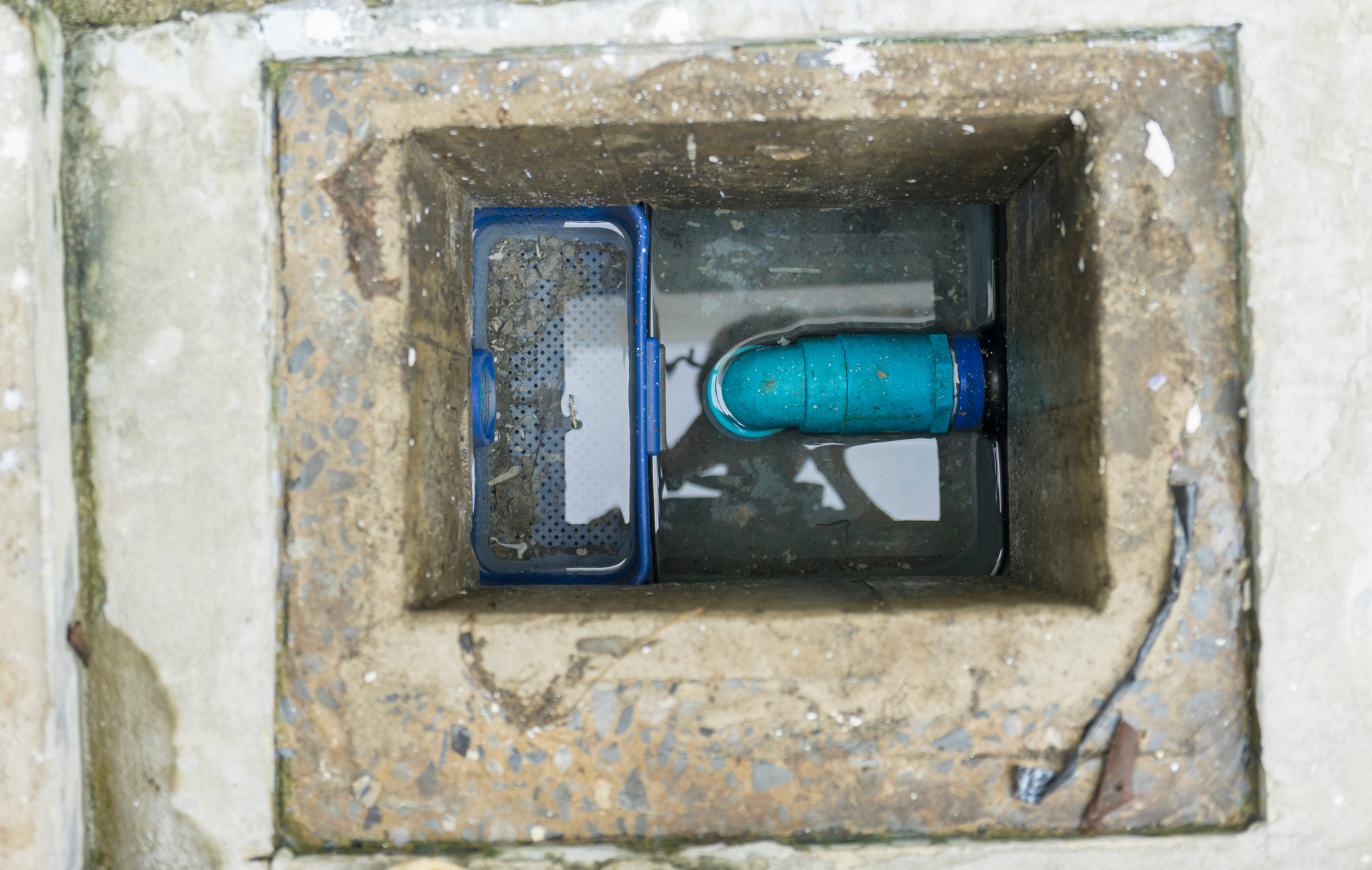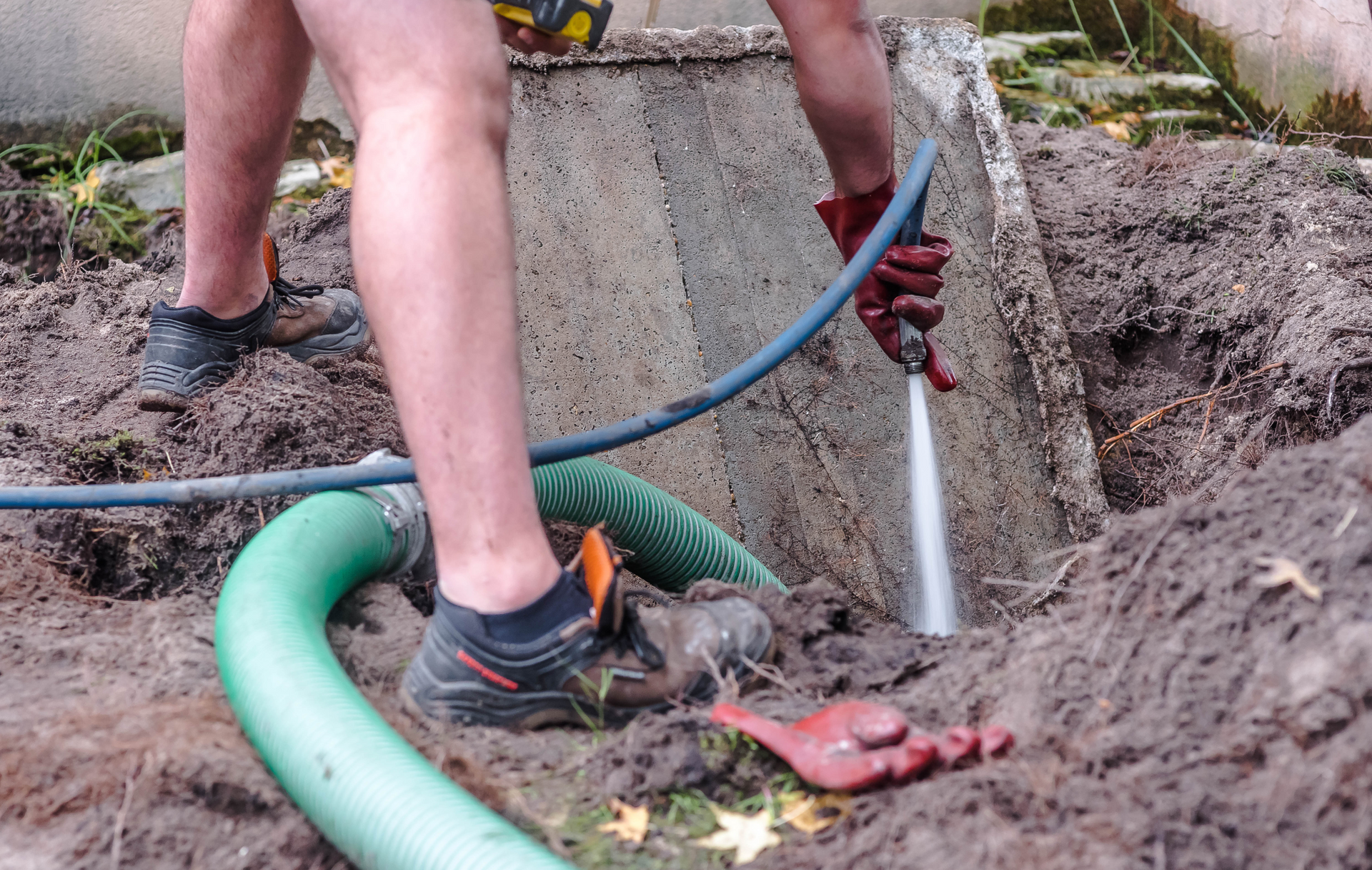Avoiding Costly Repairs: Common Septic System Maintenance Mistakes
December 11, 2023
Avoiding Costly Repairs: Common Septic System Maintenance Mistakes
Maintaining a septic system in Oxford, MS, is crucial to ensure your home's wastewater is properly processed and doesn't harm the environment. While regular maintenance is essential, many homeowners inadvertently make mistakes that can lead to costly repairs down the line. In this guide, brought to you by Oxford Septic Service, we'll explore these common septic system maintenance mistakes and provide expert advice on how to avoid them.
Mistake 1: Skipping Regular Pumping
One of the most critical aspects of septic system maintenance is regular pumping. Over time, solid waste accumulates in the septic tank, which can lead to blockages and system failures if not addressed. The frequency of pumping depends on factors like tank size and household usage, but as a general rule, it's recommended to pump your septic tank every 3 to 5 years. Skipping this essential maintenance task can result in sewage backups, foul odors, and even damage to your drain field.
Mistake 2: Neglecting Inspection
Septic system inspections are like regular check-ups for your system's health. Ignoring them can lead to undetected issues that may become severe and expensive to repair. During inspections, professionals can identify problems early, such as leaks, worn-out components, or blockages in the drain lines. Regular inspections, typically every 3 years, are crucial for spotting issues before they escalate into costly emergencies.
Mistake 3: Overusing Household Cleaners
Many homeowners are unaware that the chemicals present in common household cleaners can disrupt the delicate balance of bacteria in your septic tank. Excessive use of antibacterial soaps, bleach, and chemical drain cleaners can kill the beneficial bacteria responsible for breaking down waste. Without these bacteria, solid waste accumulates faster, and the tank requires more frequent pumping. Opt for septic-safe cleaning products to protect your system's health.
Mistake 4: Ignoring Warning Signs
Your septic system often provides clear warning signs when something is amiss. Common indicators of problems include slow-draining sinks and toilets, gurgling noises from plumbing fixtures, foul odors around the drain field, and sewage backups. Ignoring these warning signs can result in more extensive damage and costly repairs. If you notice any of these issues, it's essential to address them promptly by contacting a professional from Oxford Septic Service.
Mistake 5: Overloading the System
Your septic system has a limited capacity based on its size and design. Overloading it by using an excessive amount of water in a short period can strain the system. For example, doing multiple loads of laundry, running the dishwasher, and taking long showers all at once can lead to an overwhelmed septic tank. Distribute water usage throughout the day to prevent overloading, and consider water-saving appliances and fixtures to reduce strain on the system.
Mistake 6: Planting Trees Near the Drain Field
While trees and landscaping can enhance your property's beauty, planting trees too close to the drain field can be problematic. Tree roots can infiltrate drain lines, causing blockages and damage. To avoid this issue, research the mature size and root system of trees and plants before planting them near your septic system. A general guideline is to keep trees and large shrubs at least 30 feet away from the drain field.
Mistake 7: Attempting DIY Repairs
Some homeowners may be tempted to tackle septic system repairs themselves to save money. However, DIY repairs often lead to more significant problems. Septic systems are complex, and a seemingly minor mistake can cause extensive damage. Always rely on experienced professionals like Oxford Septic Service for septic system repairs, maintenance, and inspections.
Mistake 8: Neglecting Jetting Services
Septic system jetting is a specialized service that involves using high-pressure water jets to clear blockages in drain lines. Neglecting jetting services can result in persistent clogs and slow drainage. Regular jetting helps prevent blockages and maintain optimal drain line function, saving you from costly repairs.
Mistake 9: Not Having an Emergency Plan
Septic system emergencies can happen, and not having a plan in place can lead to panic and further damage. Create an emergency plan that includes contact information for a trusted septic service provider like Oxford Septic Service. Knowing who to call in an emergency can make all the difference in preventing costly repairs.
Mistake 10: Disregarding Local Regulations
Local regulations regarding septic systems vary, and failing to comply with them can result in fines and repairs. Make sure you're aware of your local septic system regulations, including pumping and inspection requirements. Oxford Septic Service can help you stay compliant with these regulations.
In conclusion, maintaining your septic system in Oxford, MS, requires diligence and awareness of potential mistakes. By avoiding these common maintenance errors, you can extend the lifespan of your septic system, prevent costly repairs, and ensure its efficient and eco-friendly operation. Don't wait until a problem arises—take proactive steps to protect your investment.

Oxford Septic Services plays a crucial role in ensuring the health and functionality of septic systems in our community. With years of experience and expertise, our team is dedicated to providing top-quality services to homeowners and businesses alike. In this guide, we'll explore the vital role that Oxford Septic Services plays in maintaining healthy septic systems and preserving the well-being of our environment. Chapter 1: Comprehensive Septic System Maintenance Oxford Septic Services offers comprehensive maintenance services designed to keep septic systems running smoothly. From regular inspections to proactive maintenance measures, our team ensures that septic systems remain in optimal condition year-round. Chapter 2: Professional Septic Tank Pumping Regular septic tank pumping is essential for preventing backups and maintaining the proper functioning of septic systems. Oxford Septic Services provides professional pumping services tailored to the unique needs of each property, ensuring efficient removal of waste and sludge. Chapter 3: Prompt Septic System Repairs When issues arise with septic systems, prompt repairs are crucial to prevent further damage and ensure continued functionality. Oxford Septic Services offers timely and reliable repair services, addressing issues such as leaks, clogs, and drain field problems with expertise and efficiency. Chapter 4: Expert Leach Field Services Leach fields are an integral part of septic systems, responsible for filtering and dispersing wastewater into the soil. Oxford Septic Services offers expert leach field services, including inspections, repairs, and installations, to ensure the proper functioning of this critical component. Chapter 5: Emergency Septic Services Septic emergencies can occur at any time, posing significant risks to property and health. Oxford Septic Services offers emergency services around the clock, providing prompt response and effective solutions to mitigate damage and restore functionality. Chapter 6: Residential and Commercial Solutions Whether it's a residential property or a commercial establishment, Oxford Septic Services offers tailored solutions to meet the unique needs of each client. From small homes to large commercial properties, our team has the expertise and resources to handle any septic system challenge. Chapter 7: Environmental Stewardship At Oxford Septic Services, we are committed to environmental stewardship and sustainable practices. We prioritize eco-friendly solutions and responsible waste management techniques to minimize our impact on the environment and protect natural resources. Conclusion: Oxford Septic Services plays a vital role in maintaining healthy septic systems and preserving the well-being of our community. With comprehensive maintenance services, prompt repairs, and a commitment to environmental stewardship, our team ensures that septic systems remain in optimal condition for years to come. Trust Oxford Septic Services for all your septic system needs and experience the difference firsthand.

Septic tank pumping is a crucial aspect of septic system maintenance that often goes overlooked by property owners. Regular pumping helps prevent costly repairs, prolongs the lifespan of the septic system, and protects the environment from contamination. In this guide, Oxford Septic Services shares valuable insights into the importance of routine septic tank pumping and its many benefits. Chapter 1: Understanding the Role of Septic Tank Pumping Overview of the septic tank pumping process and its significance in maintaining a healthy septic system Explanation of how septic tank pumping removes accumulated solids and sludge from the tank, preventing clogs and backups Chapter 2: Preventing Costly Repairs and System Failures Discussion of the potential consequences of neglecting septic tank pumping, including system backups, drain field damage, and groundwater contamination Exploration of the financial implications of septic system repairs and replacements compared to the relatively low cost of routine pumping Chapter 3: Extending the Lifespan of Your Septic System Explanation of how regular septic tank pumping helps prolong the lifespan of the septic system by reducing stress on system components and preventing premature failure Discussion of the correlation between routine pumping and the overall health and longevity of the septic system Chapter 4: Protecting the Environment and Public Health Examination of the environmental and public health risks associated with untreated wastewater discharge from poorly maintained septic systems Explanation of how routine septic tank pumping helps mitigate these risks by preventing groundwater contamination and protecting local water sources Chapter 5: Maintaining Property Value and Resale Potential Exploration of the impact of a well-maintained septic system on property value and resale potential Discussion of how routine septic tank pumping demonstrates responsible property ownership and can increase buyer confidence during real estate transactions Chapter 6: Ensuring Regulatory Compliance Overview of local regulations and requirements regarding septic system maintenance and pumping frequency Explanation of how routine septic tank pumping helps property owners remain in compliance with regulatory standards and avoid potential fines or penalties Chapter 7: Best Practices for Scheduling Septic Tank Pumping Recommendations for establishing a regular pumping schedule based on factors such as household size, water usage, and septic system capacity Tips for working with professional septic service providers like Oxford Septic Services to schedule timely and efficient pumping services Conclusion: Routine septic tank pumping is an essential aspect of responsible septic system ownership, offering numerous benefits for property owners, the environment, and public health. By understanding the importance of routine pumping and working with trusted professionals like Oxford Septic Services, property owners can ensure the long-term performance and reliability of their septic systems.
